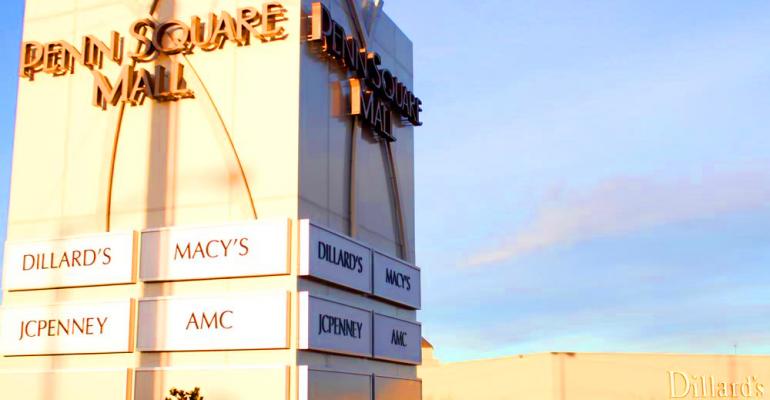Retail properties are still recovering from the last economic downturn. The sector has posted positive net absorption rates three times since the recovery got underway in 2010, while balancing that out with vacancy rates that have dropped steadily. The result: asking and effective rents grew by 2.0 percent and 2.2 percent, respectively, during 2015, according to New York City-based research firm Reis Inc.
The current quarter vacancy rate stands at 10.0 percent for 80 metropolitan U.S. markets, with an average rental rate of $20.09, according to Reis. So far, so good: The question is, can landlords maintain their success for the rest of 2016, especially in a retailing environment where the customer experience is more important than ever?
“Retail is a nuanced story of the haves and the have nots,” says Ryan Severino, senior economist and director of research at Reis. He adds that while retail lags other sectors in keeping a healthy balance of vacancies and rents, two property types in particular—class-A malls and retail spaces on urban high streets should continue to support rent growth during this and future years.
The retail sector could see a 4.0 percent increase in rents in 2016, according to an estimates from commercial real estate services firm CBRE. While hotel and industrial rents are expected to outpace the retail sector by 4.7 percent and 5.6 percent, respectively, retail landlords are maintaining rent growth by delivering experiences that shoppers want, says Jeff Havsy, CBRE’s chief economist for Americas research and managing director of Econometrics Advisors. In a shifting retail landscape, that will help landlords succeed.
Class-A malls and high streets lead the field
Infrequently traded trophy properties tend to curb opportunities for investors looking to add precious items to their portfolios. For owners of class-A malls and urban high street locations these properties are like fabled fowls that keep producing golden eggs.
That’s particularly true if the center is located in a market like San Francisco, where CBRE estimates that rent growth could average 12.1 percent in 2016, or Denver, which could post an increase of 11.5 percent.
“In San Francisco, it is hard to build, so you don’t have a lot of supply coming at the moment,” Havsy says. “Supply is also an issue in Denver. There is supply in the pipeline, but it is not on-line just yet.”
The balance of property supply and demand is so critical in determining the direction of rents that the two factors often override other economic and demographic fundamentals, such as population growth and income growth, Havsy notes.
In Oklahoma City for example, the Simon Property Group-owned 1.1-million-sq.-ft. Penn Square Mall did a brisk $625 per sq. ft. in sales in 2014, according to the Oklahoma City 2014 Mid-Year Retail Market Summary, produced by real estate services firm Price Edwards & Co. The mall is an asset in a market whose economy has been buoyed in recent years by the shale oil boom. The effects of hydraulic fracturing, also known as fracking, however, are reverberating through the city’s economy at the moment. Oklahoma City experienced negative absorption rates of 201,000 sq. ft. in 2015, leaving the city with an availability rate of 13.1 percent.
Those conditions mean that Oklahoma City compares a little less favorably right now with Tulsa, its neighbor about 103 miles to the east. But don’t peg Tulsa as any ugly sister, please. It is sharing in Oklahoma City’s success with shale oil production. Net absorption there was 486,000 sq. ft. Retail supply is also tighter, with an availability rate of 12.4 percent. The city has experienced pretty good retail rent growth that does not look like it will slow down next year, Havsy adds.
What shoppers want
While the catalyst for economic booms and slowdowns might change, all savvy retail landlords understand that knowing what the customer wants and delivering it will be the key to success in any retail landscape.
That is important for all landlords to remember because while trophy properties are a must have for almost any portfolio, most of the shopping happens below the luxury center mark.
“There is a tremendous amount of spending power throughout the income distribution,” Havsy notes. “All these people want to rush to the high end, but if that is not who lives around you, then it is a problem.”
Fortunately, landlords have gotten much better at figuring out who is shopping at their centers and what those customers want. For instance, growing demand for organic produce in American kitchens means that malls with indoor and outdoor spaces will be able to reconfigure dormant portions of their parking lots to allow for a seasonal or permanent farmer’s market.

